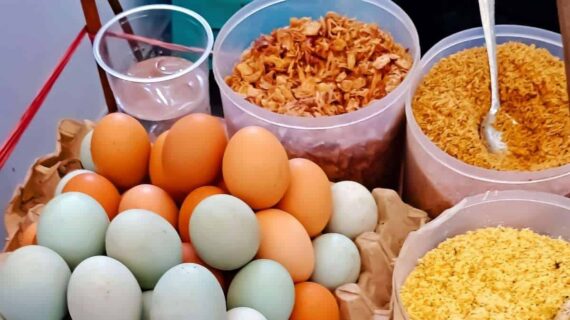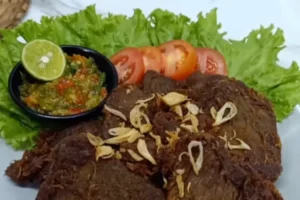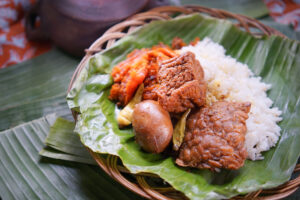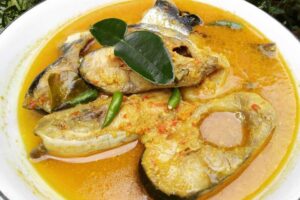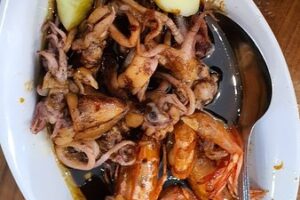The culinary traditions of Betawi, the indigenous people of Jakarta, offer a vibrant tapestry of flavors and textures that reflect the region’s cultural diversity. From savory stews to sweet desserts, Betawi cuisine is a celebration of local ingredients and age-old cooking techniques. For those seeking an authentic taste of Indonesia, exploring these traditional dishes is a must. This article delves into the most iconic and beloved foods of Betawi, highlighting their unique characteristics and cultural significance.
The Essence of Betawi Cuisine
Betawi cuisine is deeply rooted in the history of Jakarta, influenced by the diverse communities that have settled in the region over centuries. The blend of Malay, Chinese, Arab, and Dutch culinary practices has resulted in a distinctive food culture that is both rich and varied. What sets Betawi dishes apart is their use of local ingredients, often combined with aromatic spices and traditional cooking methods passed down through generations.
One of the key elements of Betawi cuisine is the use of coconut milk, which adds a creamy texture and deep flavor to many dishes. Additionally, the incorporation of fermented products like tempeh and oncom showcases the ingenuity of local food preservation techniques. These elements, along with the use of fresh vegetables, seafood, and meats, contribute to the unique character of Betawi food.
Must-Try Betawi Dishes
-
Kerak Telor
Kerak telor is one of the most iconic dishes of Betawi, known for its crispy texture and rich flavor. Made from a mixture of rice flour, eggs, shrimp, and a variety of spices, it is cooked in a special pan called “kuali” until the top becomes golden brown. The result is a dish that is both satisfying and full of flavor. -
Nasi Uduk Betawi
Nasi uduk is a staple in Betawi cuisine, made by cooking rice in coconut milk and a blend of aromatic spices. It is typically served with a variety of side dishes such as fried chicken, sambal, and pickled vegetables. The creamy texture of the rice, combined with the savory toppings, makes it a beloved comfort food. -
Gado-Gado Betawi

Gado-gado is a refreshing salad-like dish made with boiled vegetables, tofu, and tempeh, all drizzled with a thick peanut sauce. It is often accompanied by crackers, adding a delightful crunch to each bite. This dish is a perfect example of how simple ingredients can come together to create something truly delicious. -
Semur Jengkol
Semur jengkol is a dish that may not appeal to everyone due to the strong aroma of jengkol (a type of legume), but those who love it will find it incredibly flavorful. The jengkol is cooked in a savory sauce made with soy sauce, tamarind, and various spices, resulting in a dish that is both pungent and delicious. -
Soto Betawi
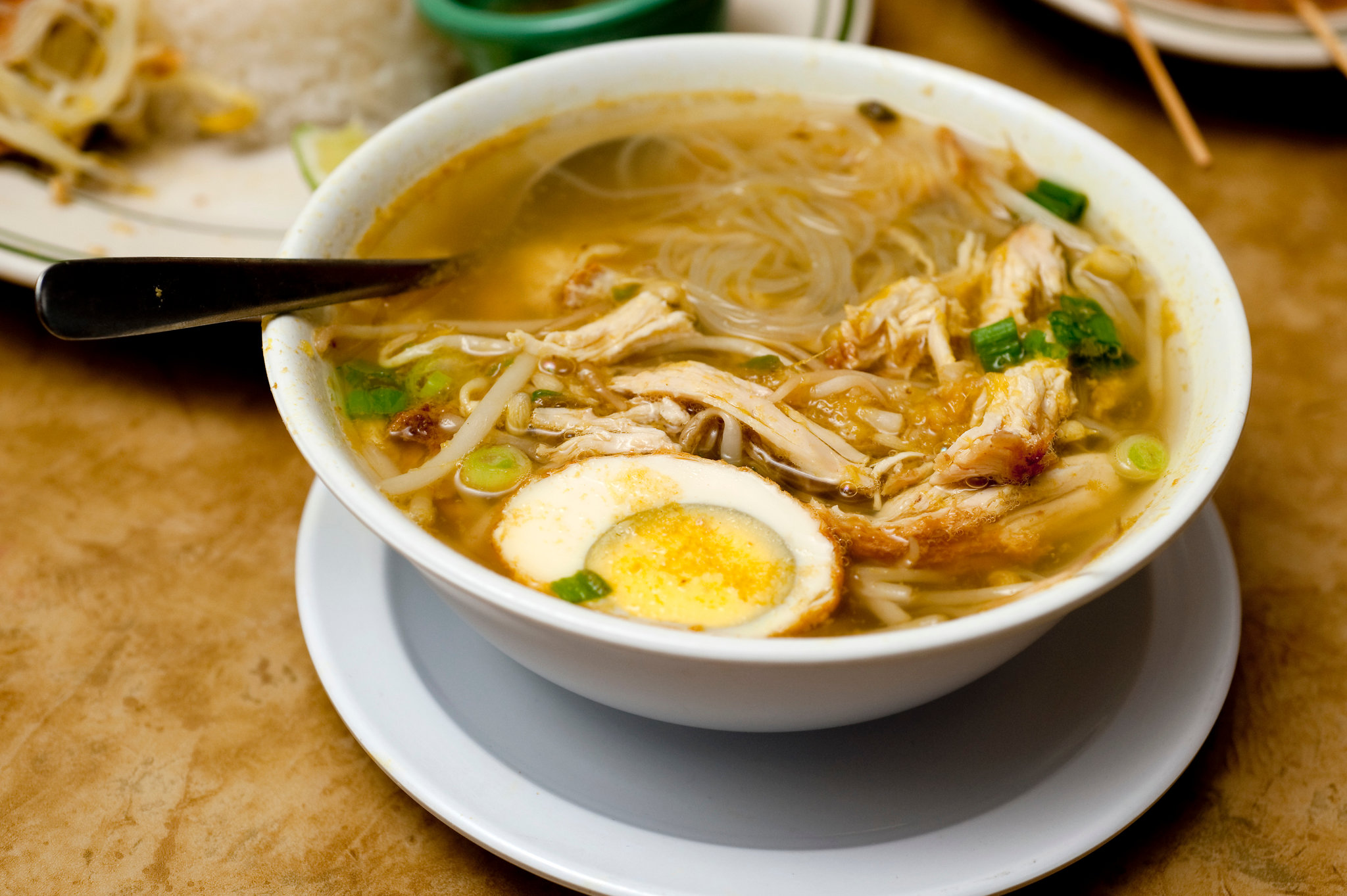
Soto Betawi is a hearty soup made with beef or chicken, served in a rich coconut milk broth. It is often garnished with fried shallots, lemongrass, and a squeeze of lime, making it a comforting and flavorful meal. -
Roti Buaya
Roti buaya is a unique bread shaped like a crocodile, traditionally used in Betawi wedding ceremonies. While its shape is unusual, the bread itself is soft and slightly sweet, making it a popular choice for special occasions. -
Dodol Betawi
Dodol is a sticky, chewy dessert made from glutinous rice, coconut milk, and palm sugar. It is often prepared in large quantities and shared during festivals and celebrations. Its sweet and nutty flavor makes it a favorite among locals and visitors alike. -
Es Doger
Es doger is a popular street food in Jakarta, consisting of coconut milk, ice, and a variety of toppings such as grated coconut, black glutinous rice, and banana. It is a refreshing treat that is perfect for hot days. -
Kue Cucur

Kue cucur is a crispy, sweet snack made from rice flour and palm sugar. It is often enjoyed with tea and is a common sight at local markets and fairs. -
Putu Mayang
Putu mayang is a colorful steamed cake made from rice flour and coconut milk. It is often flavored with pandan and served with gula jawa (palm sugar syrup), making it a delightful treat.
Cultural Significance and Modern Adaptations
Beyond their culinary appeal, many Betawi dishes carry deep cultural significance. For example, roti buaya is not just a food item but also a symbol of commitment in Betawi weddings. Similarly, kue cucur is often served during family gatherings and religious celebrations, reflecting the importance of food in social and cultural life.
In recent years, there has been a growing interest in preserving and promoting traditional Betawi cuisine. Chefs and food enthusiasts are working to revive these dishes, ensuring they remain part of Jakarta’s culinary identity. At the same time, modern interpretations of these classics are emerging, blending traditional flavors with contemporary techniques to appeal to a wider audience.
Conclusion
Exploring the culinary heritage of Betawi is a journey into the heart of Jakarta’s culture. From the crispy layers of kerak telor to the creamy richness of nasi uduk, each dish tells a story of tradition, innovation, and community. Whether you’re a local or a visitor, experiencing these flavors is an essential part of understanding the soul of Betawi. So, the next time you’re in Jakarta, make sure to try these must-try dishes and savor the unique taste of Betawi.

